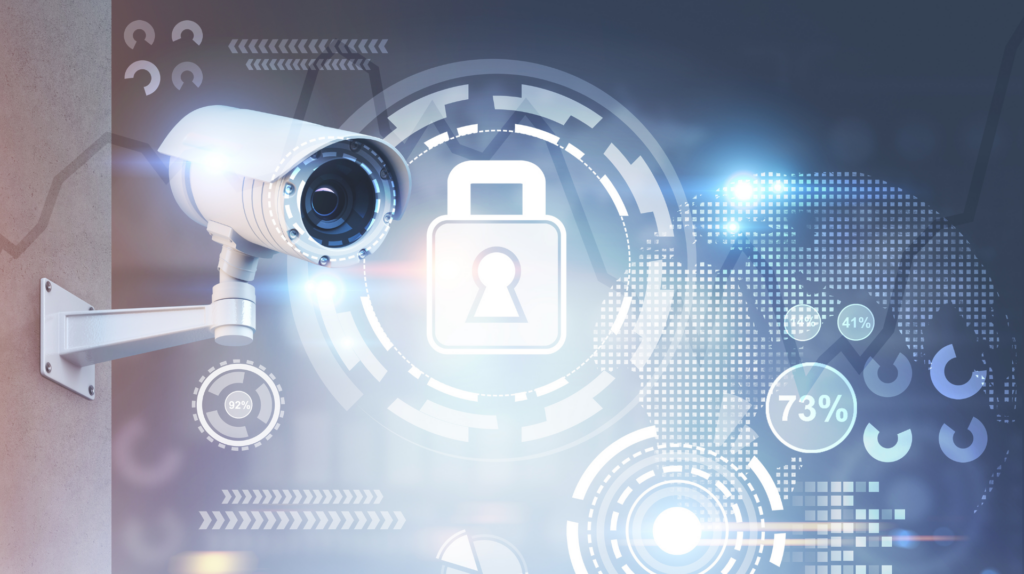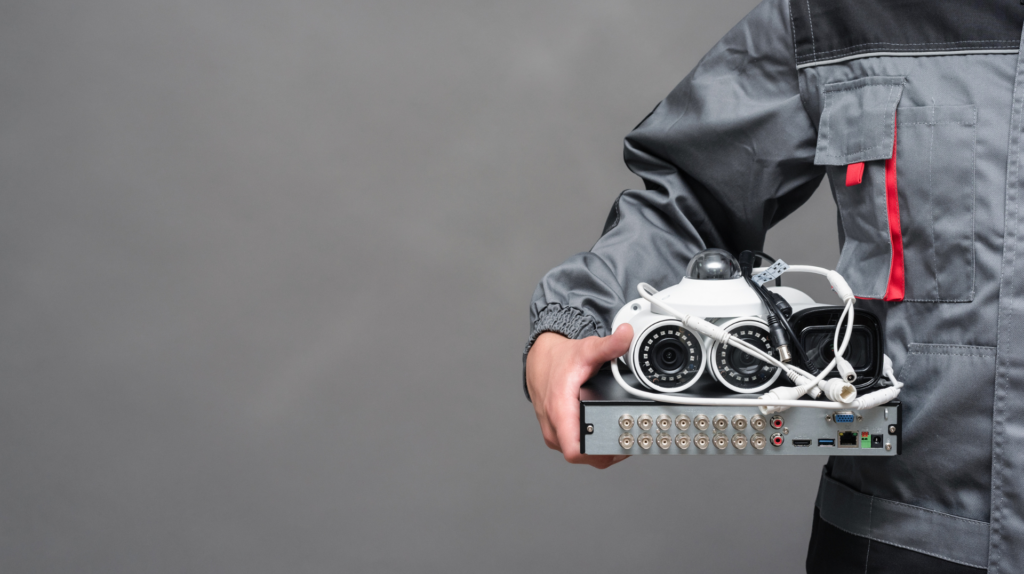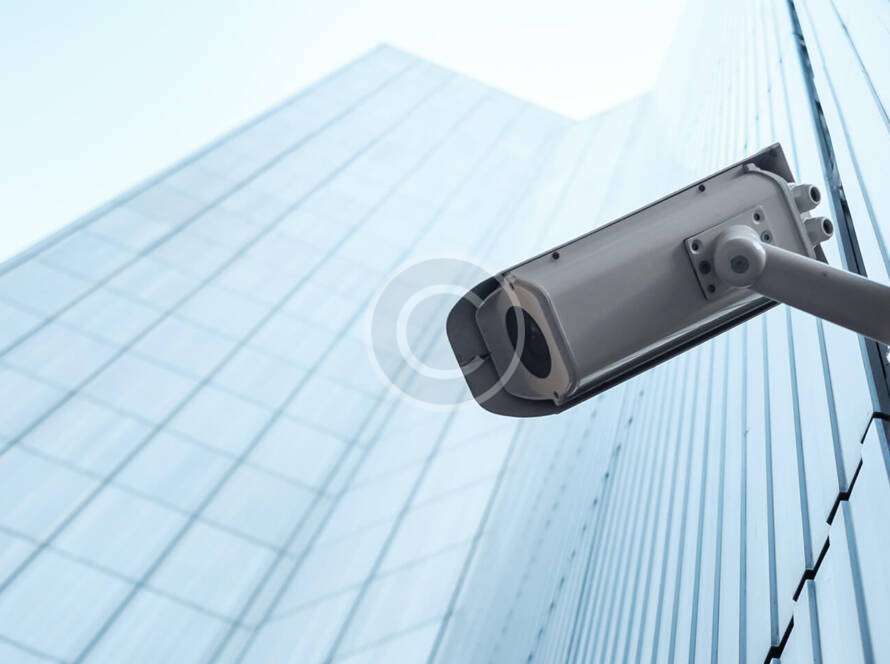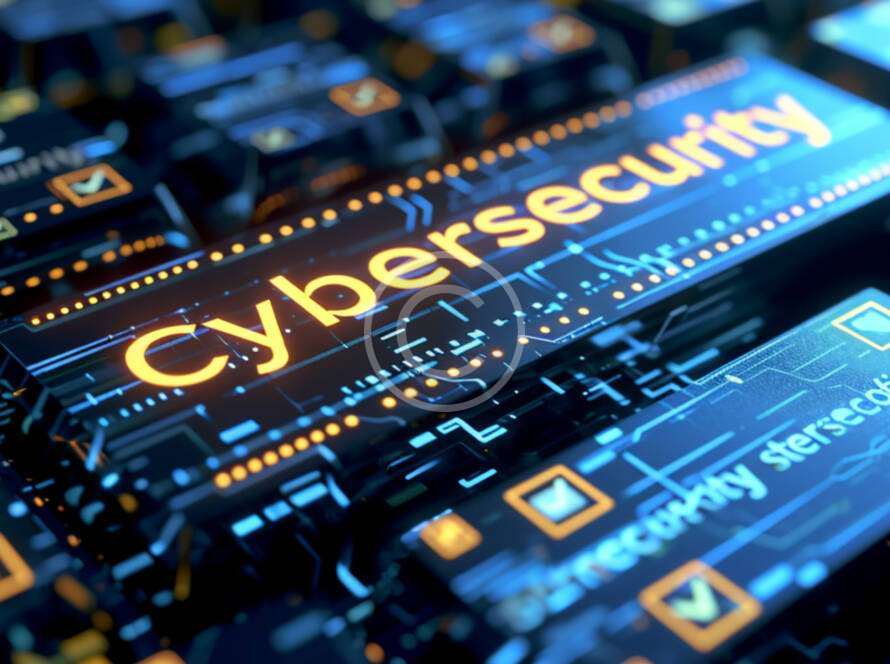In an increasingly connected and security-conscious world, Closed Circuit Television (CCTV) systems have become a cornerstone of both urban and private security. Their significance goes beyond simply recording footage—CCTV has evolved to serve as a powerful tool for deterrence and detection, shaping the way we approach safety in public and private spaces.
Deterrence: The First Line of Defense
One of the most powerful aspects of CCTV is its ability to deter criminal activity. Knowing that an area is under surveillance can discourage potential offenders from committing crimes. This deterrent effect is rooted in the simple psychology of fear—fear of being caught, identified, and prosecuted. Whether it’s a convenience store, a residential neighborhood, or a corporate office, the mere presence of cameras sends a clear message: someone is watching.
Numerous studies have shown that areas with visible CCTV cameras experience a reduction in crime. Public spaces, such as parks and streets, have seen a decline in vandalism, theft, and even violent crimes, simply because criminals understand that their actions may be captured and used as evidence. This creates a proactive security environment where the risk of being caught outweighs the potential reward of committing a crime.

Detection: The Power of Evidence
While deterrence is the first line of defense, CCTV also excels in detection. In the event that a crime does occur, CCTV footage becomes a vital tool for identifying perpetrators and gathering evidence. The quality of modern CCTV cameras—high-definition resolution, night vision capabilities, and advanced motion sensors—ensures that even the smallest details are captured.
For law enforcement agencies and investigators, CCTV footage can be the difference between solving a case or letting it go cold. In criminal investigations, footage can provide critical insights into the timeline of events, the method of operation, and even the identity of suspects. This makes CCTV not just a deterrent but a proactive tool for solving crimes and improving public safety.
Moreover, many businesses and organizations use CCTV footage for more than just security. It also plays a role in monitoring employee behavior, ensuring compliance with safety regulations, and protecting valuable assets. Whether it’s verifying that safety protocols are being followed or ensuring customer service standards are met, CCTV acts as an essential part of the operational oversight process.
A Changing Landscape: Integration and Innovation
As technology advances, CCTV systems have become smarter and more integrated into broader security ecosystems. The rise of cloud-based CCTV and AI-powered cameras has significantly enhanced both deterrence and detection capabilities. AI can now recognize faces, detect unusual behavior patterns, and even alert security personnel in real-time when suspicious activity is detected.
Additionally, the integration of CCTV with other security systems—such as access control, alarm systems, and motion sensors—creates a comprehensive approach to safety. This interconnected system allows for immediate responses to potential threats, often before any harm is done.
Lorem ipsum dolor sit amet, consectetur adipisicing elit, sed do eiusmod tempor incididunt ut labore et dolore magna aliqua. Ut enim ad minim veniam, quis nostrud exercitation.
Peter Jackson
Privacy Considerations: Striking the Balance
While the benefits of CCTV are undeniable, it’s crucial to approach its use with sensitivity to privacy. The key is ensuring that CCTV is used responsibly and ethically, with clear policies in place to protect individuals’ rights. Transparent signage indicating that an area is under surveillance, for example, is an important step in ensuring that people are aware of their surroundings.
Governments, businesses, and institutions must also comply with local regulations regarding CCTV use, particularly around issues of data protection and retention. Striking the right balance between security and privacy is essential to maintaining trust within a community or organization.


CCTV’s role as both a deterrent and a tool for detection is undeniable. Its presence helps to prevent crime, aids in the investigation of incidents, and contributes to a safer environment overall. As technology continues to advance, the potential of CCTV systems will only grow, offering even more precise and proactive security solutions. With proper usage, respect for privacy, and integration into larger security strategies, CCTV will remain a vital asset in the effort to create safer communities and businesses around the world.
In the end, the power of CCTV lies not only in its ability to capture moments but in its ability to protect what matters most: people and property.




